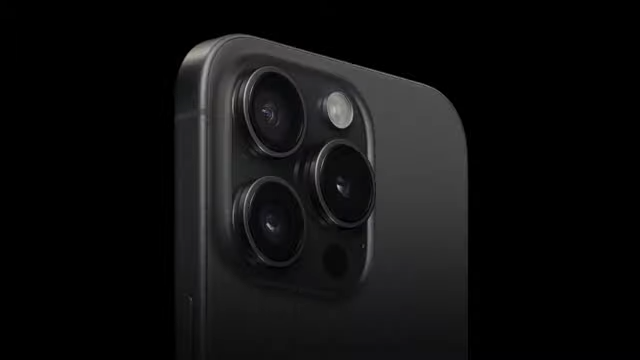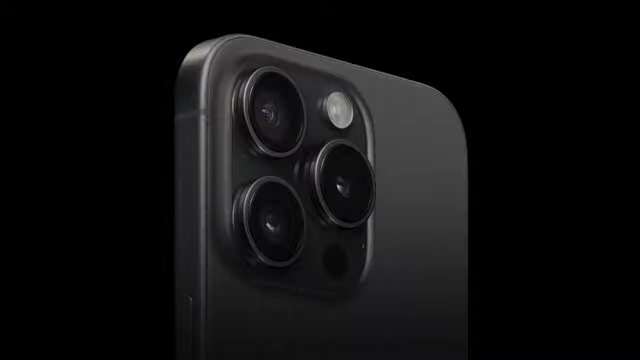We’re still in the warm afterglow of Apple’s iPhone 15 release, but there’s already word to be found about its next generation of smartphones in the iPhone 16. At least that’s what MacRumors have to say after receiving a tip-off from technology analyst Jeff Pu.
Pu, whose field of research resides within Apple’s supply chain, has been at the center of a number of leaks pertaining to Apple’s upcoming iPhone, scheduled for release later this year. He’s even shared his thoughts on how the iPhone 17 and iPhone 18 could take shape in future and his predictions are based on the moves Apple make on the back-end of the tech world, giving him room the predict the Cupertino company’s next steps.
Even Stevens for the iPhone 16
Through a research note with Haitong International Securities, Pu makes the iPhone 16 the focus of his latest prediction and it sees the performance gap between the standard and Pro models tightened up, with all iPhone 16 models receiving 8GB of RAM akin to the current iPhone 15 Pro models.
More RAM equates to smoother and improved performance, especially when it comes to multitasking and running concurrent apps and widgets at any one time. If Pu’s analysis is accurate this means that future iPhone 16 devices will all share the same amount of RAM and differ primarily on processor (currently believed to feature the Apple Bionic A18 and A18 Pro chips) and storage.
Performance could still drastically differ between the two but this does go some way to promoting the iPhone 16 and iPhone 16 Plus as more viable candidates. Especially after it was reported that the current generation of smartphones saw a swell in demand for Pro models, with the standard offerings having a much weaker demand than expected.
Outlook
Apple’s slow creep when it comes to RAM offering pales in comparison to brands like Samsung who are pushing the available memory of its flagship device to 12GB, and even that seems weak when compared to the 24GB of RAM found within upcoming devices like the ROG Phone 8 and OnePlus 12.
However, Apple’s architecture is a different than those Android-based devices, and the iPhone has typically performed well-and-above its conservative offerings on the RAM-front. However, with Qualcomm’s advancements in chipset performance, the performance gap between Apple’s devices isn’t the only one worth paying attention to.
With the latest Snapdragon 8 Gen 3 processor found in many flagship Android models beginning to play catch-up to Apple’s Bionic chipset, the brand’s meager memory boosts may need some reconsideration over the next few generations.








